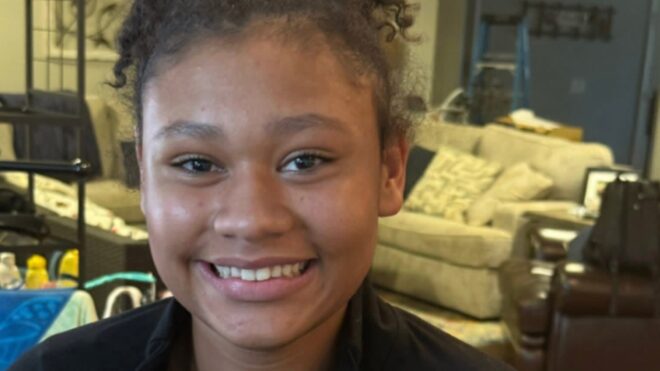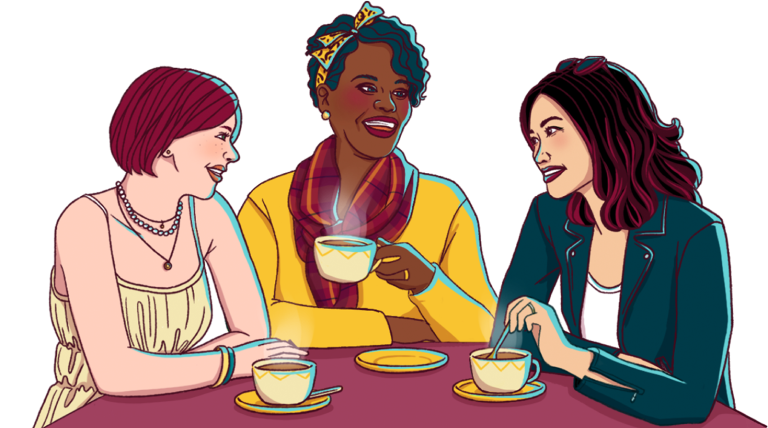Scary fact alert: Drowning is the leading cause of unintentional death among kids ages 1 to 4 years old, and it takes only a few inches of water. According to the Consumer Product Safety Commission, bathtubs are the second most common place young children drown (the first is pools).
The safest thing you can do? "Never leave your baby alone in the bathroom, not even for a second," says Kimberlee Mitchell, Child Safety Expert & Founder of Boo Boo Busters, Inc. "Lock all bathrooms off — with a door knob lock — to keep children from getting in there alone." (If you have an older home with smaller door knobs that don't typically fit door knob locks, a hook and eye lock on the outside is okay too.)
Obviously, there will be times when your child is in the bathroom with you (those days of showering or peeing in private are over, mom), so make sure you've child-proofed from floor to ceiling. Here's how.
Danger Zone 1: The bathtub. In addition to never leaving children unattended in a bathtub, Safekids.org advises parents to immediately drain the tub once bath time is over. Other tips for the tub: Get a non-slip bath mat and spout cover to prevent painful bumps. Mitchell also recommends that you lower your water heater (to 120 or below) to prevent scalding your child.
Danger Zone 2: Products. "Parents should leave all cleaning products in the garage [or another designated child-free ares] as opposed to storing them under the bathroom sink," says Mitchell. Personal care products and toiletries should be locked in drawers and cabinets with latches.
Danger Zone 3: Medicine, razors, scissors. Every 8 minutes a child goes to the emergency room for medicine poisoning. If possible, store both medicine and sharp bathroom-related items (such as razors) on a high shelf in a linen cabinet. If that's not an option, lock these items into a cabinet with a latch.
Danger Zone 4: The Toilet. Always keep the toilet lid down (guys are the worst offenders here, so pay attention dad), and install a toilet lock. "Babies are curious and can easily fall into the toilet headfirst and not be able to get out," notes Mitchell. Parents should educate all family members who use bathroom to close door and re-engage toilet lock after each use. Bolt covers from the base of the toilet should be removed, as well, as they are choking hazards.
Danger Zone 5: Appliances. Parents should never leave hair dryers, curling irons, or flat irons in the bathroom after use, as they can be a burn hazard. Also, never leave appliances plugged in in the bathroom. If the hairdryer ever fell into the tub, it could electrocute both you and your child.
Danger Zone 6: Windows. If you are on the second story or higher, it's important to childproof windows with a window lock.
Parents also should be covert when engaging and disengaging childproofing devices. "Children are quick learners and watch you closely," notes Mitchell. "Keep kids in the dark on how to work these products for as long as possible."
How else did you make your bathroom safe for your toddler?
Image via Corbis




